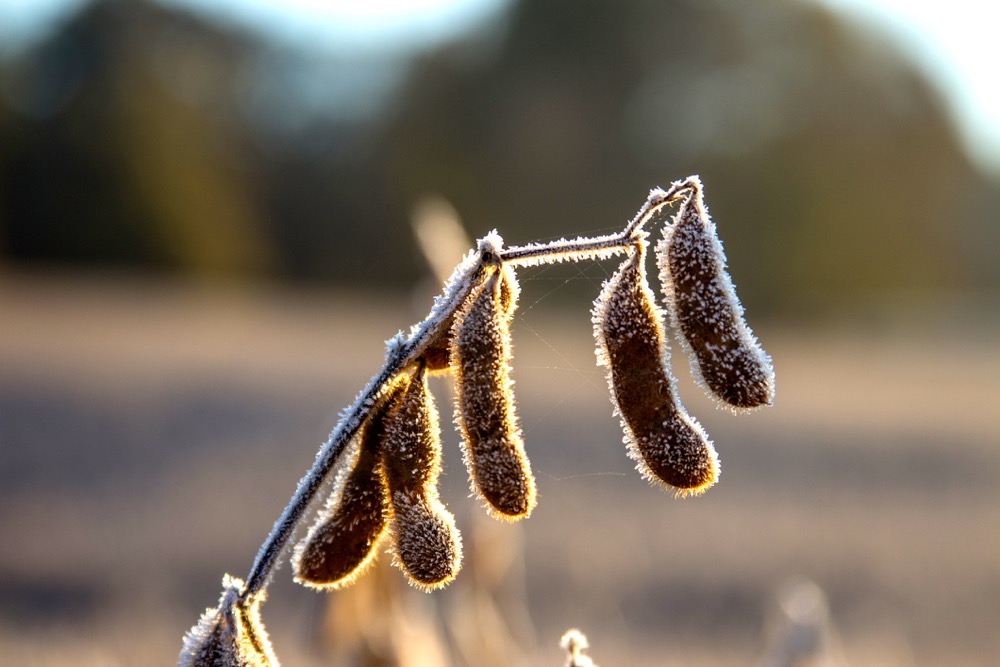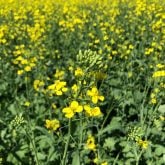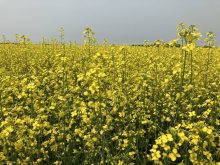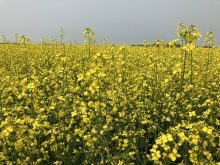Another dilemma is expected for the 2019 growing season. After a late start, western Canadian farmers could be challenged by an early end.
Over the August 10 weekend there were isolated reports of frost in some areas of the Peace River region in Alberta. Other parts of the Prairies may be experiencing similar conditions sooner rather than later.
“The environment is certainly not going to favour a long growing season this year,” said Drew Lerner, president of World Weather in Kansas.
Lerner said there’s a chance the Canadian Prairies will see some colder-than-average temperatures as early as mid-August, due to warm ocean temperatures in the Gulf of Alaska which helps generate a high-pressure ridge over western North America. The high-pressure ridge helps funnel cool arctic air to the south.
Read Also

Manitoba sclerotinia picture mixed for 2025
Variations in weather and crop development in this year’s Manitoba canola fields make blanket sclerotinia outlooks hard to pin down
The Prairies are also experiencing a northwesterly flow pattern, part of a long-term cycle, which also aids in moving colder air from the northwest to the southeast across the Prairies.
“The odds are pretty high we’ll see some more coolness come around. We’ll probably see it multiple times,” he said.
“We aren’t going to see this every weekend or every week from now for the rest of the growing season, but it will come back again.”
Lerner explained the early-August weather points to a pattern.
“We will see additional bouts of cold air coming in as we go through the balance of August, and especially in September,” he said.
Widespread frost before the second week in September could lead to crop damage.
“Because there’s quite a few crops that are running late and will not be fully mature if frost and freeze come along, that will hurt crop quality for sure.”
In some cases, if crops are so immature, there might actually be a loss in production.
Lerner said at this point it’s unclear when, exactly, these frost episodes may occur.
“I can tell you we’re going to see additional bouts of coolness, and I’m confident we will see additional frost occurring. How significant it is remains to be seen.”




















